Home>Furniture & Design>Bathroom Accessories>How Do You Use A Dog Toothbrush
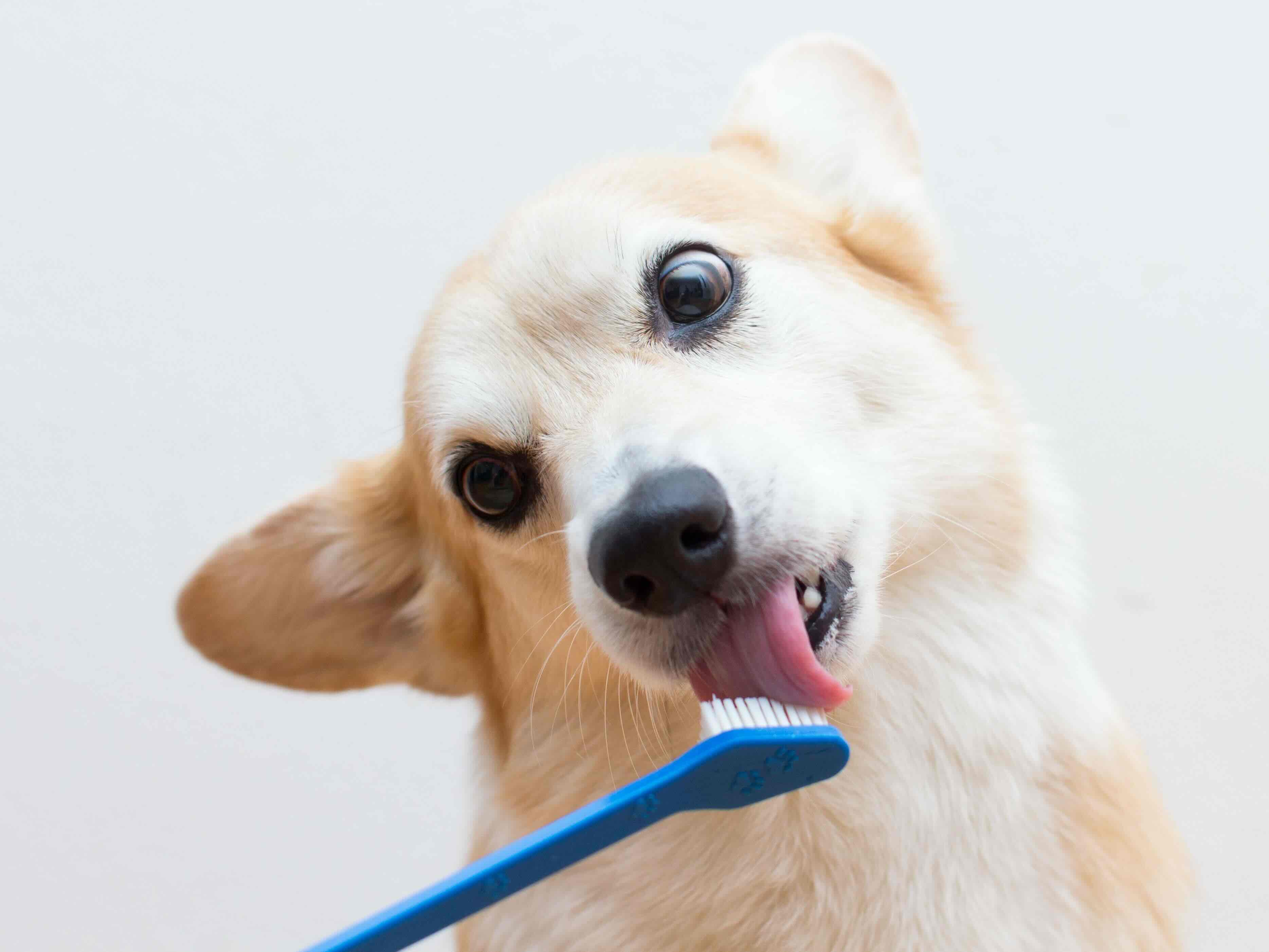

Bathroom Accessories
How Do You Use A Dog Toothbrush
Modified: March 2, 2024
Learn the proper technique for using a dog toothbrush to maintain your pet's dental hygiene. Find the best bathroom accessories for your furry friend.
(Many of the links in this article redirect to a specific reviewed product. Your purchase of these products through affiliate links helps to generate commission for Storables.com, at no extra cost. Learn more)
Introduction
Maintaining your dog's dental health is an essential aspect of responsible pet ownership. Just like humans, dogs require regular dental care to prevent dental issues such as plaque, tartar, and gum disease. One of the most effective ways to ensure your dog's oral hygiene is by using a dog toothbrush. While it may seem like a daunting task, with the right tools and techniques, brushing your dog's teeth can become a seamless part of your pet care routine.
Proper dental care for your furry friend goes beyond fresh breath; it is crucial for their overall well-being. Poor dental hygiene can lead to various health issues, including tooth decay, gum disease, and even systemic infections that can affect vital organs. By incorporating regular brushing into your dog's routine, you can help prevent these problems and ensure that your canine companion enjoys a healthy and happy life.
In this comprehensive guide, we will delve into the various aspects of using a dog toothbrush, including selecting the right toothbrush and toothpaste, getting your dog comfortable with the toothbrush, and the step-by-step process of brushing your dog's teeth. Additionally, we will provide valuable tips for maintaining your dog's dental health to ensure a lifetime of strong teeth and gums.
By the end of this guide, you will have the knowledge and confidence to embark on this essential aspect of caring for your dog. Let's dive into the world of dog dental care and discover how you can keep your furry friend's smile bright and healthy.
Key Takeaways:
- Regular brushing with the right toothbrush and toothpaste helps keep your dog’s teeth and gums healthy, preventing dental issues and ensuring a happy, playful companion.
- In addition to brushing, provide dental-friendly toys, chews, and regular vet check-ups to maintain your dog’s dental health and overall well-being.
Read more: How Do You Thread A Needle With A Toothbrush
Choosing the Right Dog Toothbrush
When it comes to choosing the right dog toothbrush, there are several factors to consider to ensure that you are providing the best oral care for your furry friend. Here are some essential considerations to keep in mind:
Size and Bristles
Selecting a toothbrush that is appropriately sized for your dog is crucial. For small breeds, opt for a toothbrush with a smaller head and softer bristles to prevent any discomfort during brushing. Larger breeds may require a toothbrush with a longer handle for better reach, and firmer bristles to effectively clean their teeth and gums.
Finger Brushes
For dogs who may be resistant to traditional toothbrushes, finger brushes can be a great alternative. These brushes fit over your fingertip and allow for more precise control, making it easier to reach all areas of your dog's mouth. Finger brushes are also ideal for introducing puppies to the concept of tooth brushing, as they are gentle and non-intimidating.
Dual-Ended Toothbrushes
Dual-ended toothbrushes feature two different-sized heads on either end, catering to both small and large breeds. This versatility makes them a convenient option for households with multiple dogs of varying sizes, as you can use the appropriate end for each dog without needing separate brushes.
Read more: How Long Should You Use A Toothbrush
Electric Toothbrushes
While not as commonly used as manual toothbrushes, electric toothbrushes designed specifically for dogs are available. These devices can be particularly beneficial for dogs with extensive dental care needs or those who are uncooperative during traditional brushing. However, it's important to introduce electric toothbrushes gradually to allow your dog to acclimate to the sensation and sound.
Veterinary Recommendations
Consulting with your veterinarian is always advisable when selecting a dog toothbrush. They can provide personalized recommendations based on your dog's specific dental health needs, such as recommending a toothbrush with angled bristles to reach difficult areas or one with softer bristles for sensitive gums.
By carefully considering these factors and possibly experimenting with different options, you can find the perfect toothbrush that suits your dog's size, comfort, and dental requirements. Remember, the right toothbrush is a crucial tool in maintaining your dog's oral health and ensuring their overall well-being.
Selecting the Right Toothpaste for Your Dog
Choosing the right toothpaste for your dog is a critical aspect of maintaining their dental health. Unlike human toothpaste, which should never be used for dogs due to its ingredients, dog toothpaste is specifically formulated to meet their oral care needs. Here are essential factors to consider when selecting the right toothpaste for your furry friend:
Canine-Friendly Ingredients
When browsing for dog toothpaste, prioritize products that are free from fluoride, xylitol, and foaming agents. These ingredients, commonly found in human toothpaste, can be harmful to dogs if ingested. Instead, opt for toothpaste specifically designed for dogs, which often feature enzymatic formulas that effectively combat plaque and tartar without posing any health risks.
Read more: How Do You Clean A Sonicare Toothbrush
Appealing Flavors
Dog toothpaste comes in a variety of flavors, such as poultry, beef, peanut butter, and mint. Choosing a flavor that appeals to your dog can make the brushing experience more enjoyable for them. By selecting a toothpaste with a flavor that your dog loves, you can turn brushing into a positive and rewarding activity, reducing resistance and making it easier to maintain their dental hygiene.
Enzymatic Formulas
Enzymatic toothpaste is a popular choice among dog owners due to its ability to break down and reduce plaque and tartar buildup. These formulas contain enzymes that work with your dog's saliva to effectively clean their teeth and gums. Enzymatic toothpaste is particularly beneficial for dogs prone to dental issues and can contribute to fresher breath and healthier teeth over time.
Veterinary Recommendations
Consulting with your veterinarian is invaluable when choosing the right toothpaste for your dog. They can provide personalized recommendations based on your dog's specific dental health needs, such as recommending toothpaste with added benefits, like antibacterial properties or tailored solutions for gum sensitivity. Your veterinarian's guidance ensures that you select a toothpaste that aligns with your dog's oral care requirements.
By considering these factors and prioritizing your dog's safety and preferences, you can select a toothpaste that not only promotes their dental health but also makes the brushing experience a positive and enjoyable routine. With the right toothpaste and brushing technique, you can contribute to your dog's overall well-being and ensure that their smile remains bright and healthy.
Getting Your Dog Comfortable with the Toothbrush
Introducing your dog to the toothbrush and establishing a positive association with the brushing process is crucial for their dental care routine. By taking gradual steps and employing patience, you can help your dog become comfortable with the toothbrush, making the experience stress-free for both of you.
Read more: How Do You Use A Protractor
Familiarization
Begin by allowing your dog to become familiar with the toothbrush. Place it near their food bowl or in an area where they feel relaxed, allowing them to sniff and investigate the toothbrush at their own pace. This helps in normalizing the presence of the toothbrush and reduces any apprehension your dog may have towards it.
Positive Reinforcement
Associate the toothbrush with positive experiences by offering treats and praise whenever your dog shows curiosity or calm behavior around the toothbrush. This creates a positive association, making your dog more receptive to the toothbrush as they begin to associate it with rewards and affection.
Touch and Taste
Before introducing toothpaste, gently touch your dog's teeth and gums with the toothbrush to accustom them to the sensation. Use slow, gentle movements, and observe your dog's reaction to ensure they remain comfortable. Additionally, allow your dog to taste a small amount of dog toothpaste to familiarize them with the flavor and texture.
Gradual Introduction
Gradually introduce the toothbrush by placing a small amount of dog toothpaste on the bristles and allowing your dog to lick it off. This step helps in acclimating your dog to the taste of the toothpaste and the feel of the toothbrush in their mouth. Over time, your dog will become more at ease with the presence of the toothbrush and toothpaste.
Read more: How Do You Use A Projector
Patience and Consistency
Patience is key when getting your dog comfortable with the toothbrush. It's essential to proceed at a pace that suits your dog's comfort level, ensuring that they do not feel overwhelmed or anxious. Consistent, gentle exposure to the toothbrush and toothpaste will gradually build your dog's confidence and acceptance of the brushing process.
By following these steps and maintaining a calm, positive demeanor throughout the process, you can help your dog become comfortable with the toothbrush. This sets the foundation for successful brushing sessions, contributing to your dog's overall dental health and well-being.
Brushing Your Dog's Teeth
Brushing your dog's teeth is a fundamental aspect of their dental care routine, and when done correctly, it can significantly contribute to their overall oral health. Here's a step-by-step guide to effectively brush your dog's teeth:
Preparation
Before you begin, ensure that you have a suitable dog toothbrush and toothpaste on hand. Position yourself and your dog in a comfortable and familiar environment, such as a quiet area of your home where your dog feels at ease. It's essential to approach the brushing process with a calm and reassuring demeanor to alleviate any anxiety your dog may have.
Introducing the Toothbrush
Start by allowing your dog to sniff and investigate the toothbrush, gradually introducing it to their mouth. Gently lift your dog's lips to expose their teeth and gums, allowing them to become accustomed to the sensation of the toothbrush. This initial step helps in familiarizing your dog with the brushing process and sets the stage for the actual brushing.
Read more: How Do You Get Dog Pee Out Of A Mattress
Applying Toothpaste
Squeeze a small amount of dog toothpaste onto the toothbrush's bristles. It's crucial to use toothpaste specifically formulated for dogs, as human toothpaste can be harmful if ingested. The appealing flavor of the toothpaste can make the experience more enjoyable for your dog, turning brushing into a positive activity.
Brushing Technique
Hold the toothbrush at a 45-degree angle to your dog's teeth and use gentle, circular motions to brush the outer surfaces. Pay particular attention to the gum line and areas where plaque and tartar tend to accumulate. It's important to approach the process with patience and gentleness, ensuring that your dog remains comfortable throughout.
Inner Surfaces and Back Teeth
As your dog becomes more accustomed to the brushing, gradually progress to the inner surfaces of their teeth and focus on the hard-to-reach back teeth. These areas are prone to plaque buildup and require thorough cleaning to maintain optimal dental health.
Reward and Affection
Upon completing the brushing session, offer your dog praise and a small treat as a form of positive reinforcement. This creates a positive association with the brushing process, making it more likely that your dog will remain cooperative during future brushing sessions.
Read more: What Do You Hang A Dog Grooming Hammock On
Frequency
Ideally, aim to brush your dog's teeth 2-3 times per week to effectively combat plaque and tartar buildup. Consistency is key in maintaining your dog's dental health, and regular brushing contributes to fresher breath, healthier gums, and overall well-being.
By following these steps and incorporating regular brushing into your dog's routine, you can play a pivotal role in preserving their dental health. With patience, consistency, and the right approach, brushing your dog's teeth can become a positive and rewarding experience for both you and your furry companion.
Tips for Maintaining Your Dog's Dental Health
Maintaining your dog's dental health extends beyond the act of brushing their teeth. While regular brushing is a cornerstone of oral care, incorporating additional practices and being mindful of certain factors can further contribute to your dog's overall dental well-being. Here are essential tips for maintaining your dog's dental health:
1. Regular Veterinary Check-ups
Schedule routine dental check-ups with your veterinarian to monitor your dog's oral health. Professional dental examinations can detect early signs of dental issues such as gum disease, tooth decay, or oral infections. Your veterinarian can also provide guidance on specific dental care needs based on your dog's breed, age, and overall health.
2. Dental-Friendly Diet
Opt for high-quality dog food and dental chews that promote oral health. Some dog foods are formulated to support dental hygiene by reducing plaque and tartar buildup. Additionally, dental chews and treats designed to encourage chewing can help in naturally cleaning your dog's teeth and maintaining gum health.
Read more: How To Use A Toothbrush
3. Chew Toys
Provide your dog with appropriate chew toys that aid in dental care. Chew toys designed to promote dental health can help reduce plaque, massage gums, and alleviate discomfort associated with teething. When selecting chew toys, ensure they are durable, safe, and suitable for your dog's size and chewing habits.
4. Water Additives
Consider using dental water additives that are specifically formulated to support oral hygiene. These additives can be mixed with your dog's drinking water to help combat plaque and freshen breath. They serve as a convenient complement to regular brushing and contribute to overall dental care.
5. Observing Behavioral Changes
Be attentive to any changes in your dog's behavior related to their oral health. Signs such as excessive drooling, reluctance to eat, pawing at the mouth, or bad breath can indicate underlying dental issues. Promptly addressing these changes by seeking veterinary care can prevent potential dental problems from escalating.
6. Consistent Dental Care Routine
Establish a consistent dental care routine that includes regular brushing, dental check-ups, and the incorporation of dental-friendly products. Consistency is key in maintaining your dog's dental health and preventing the onset of dental issues. By integrating these practices into your dog's routine, you can contribute to their long-term oral well-being.
By implementing these tips and prioritizing your dog's dental health, you can play an active role in ensuring that their teeth and gums remain healthy. With a holistic approach to dental care, you can promote your dog's overall well-being and provide them with a lifetime of strong, healthy smiles.
Frequently Asked Questions about How Do You Use A Dog Toothbrush
Was this page helpful?
At Storables.com, we guarantee accurate and reliable information. Our content, validated by Expert Board Contributors, is crafted following stringent Editorial Policies. We're committed to providing you with well-researched, expert-backed insights for all your informational needs.
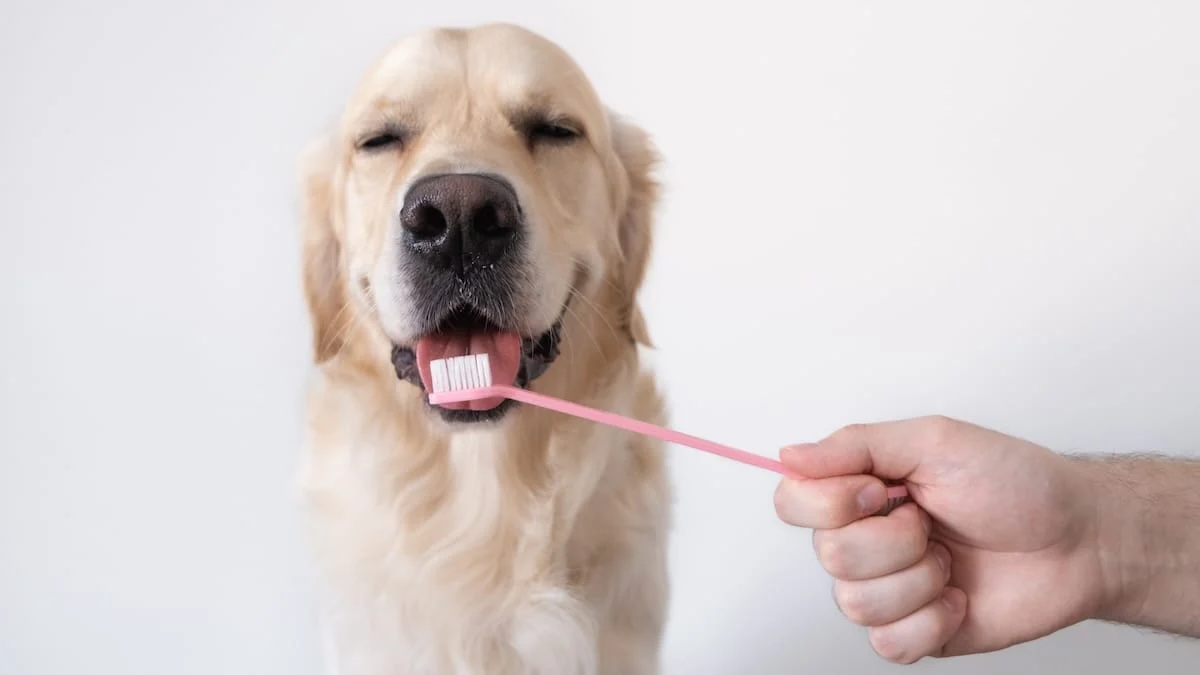

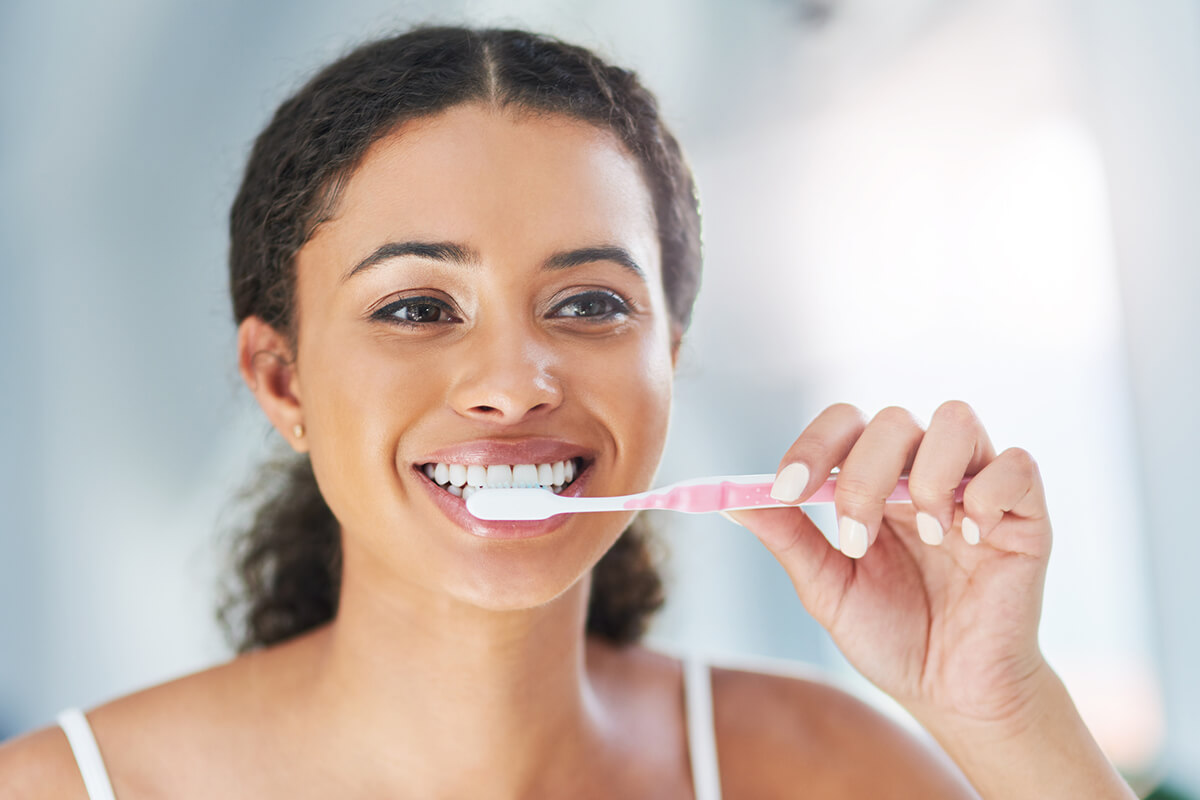
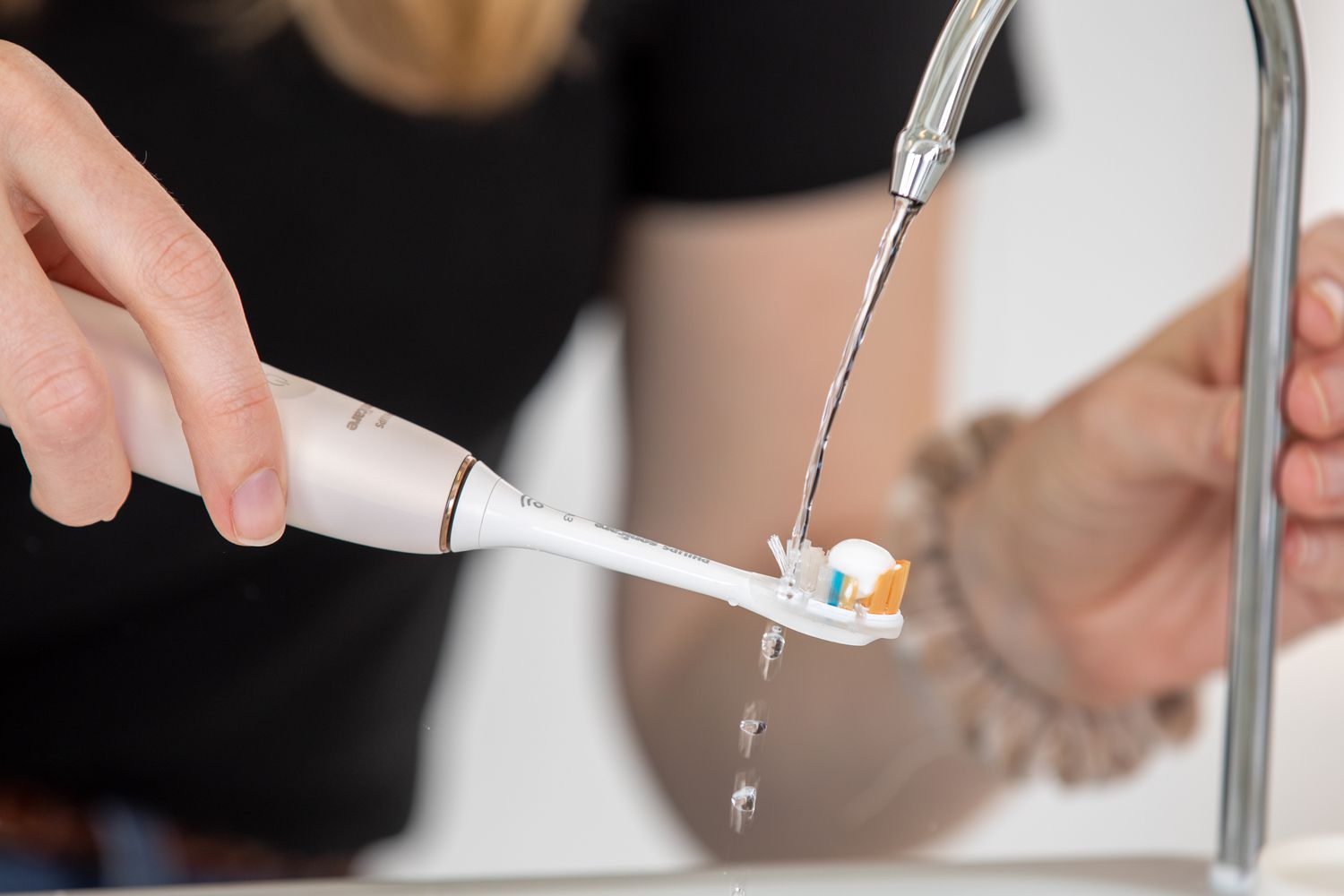
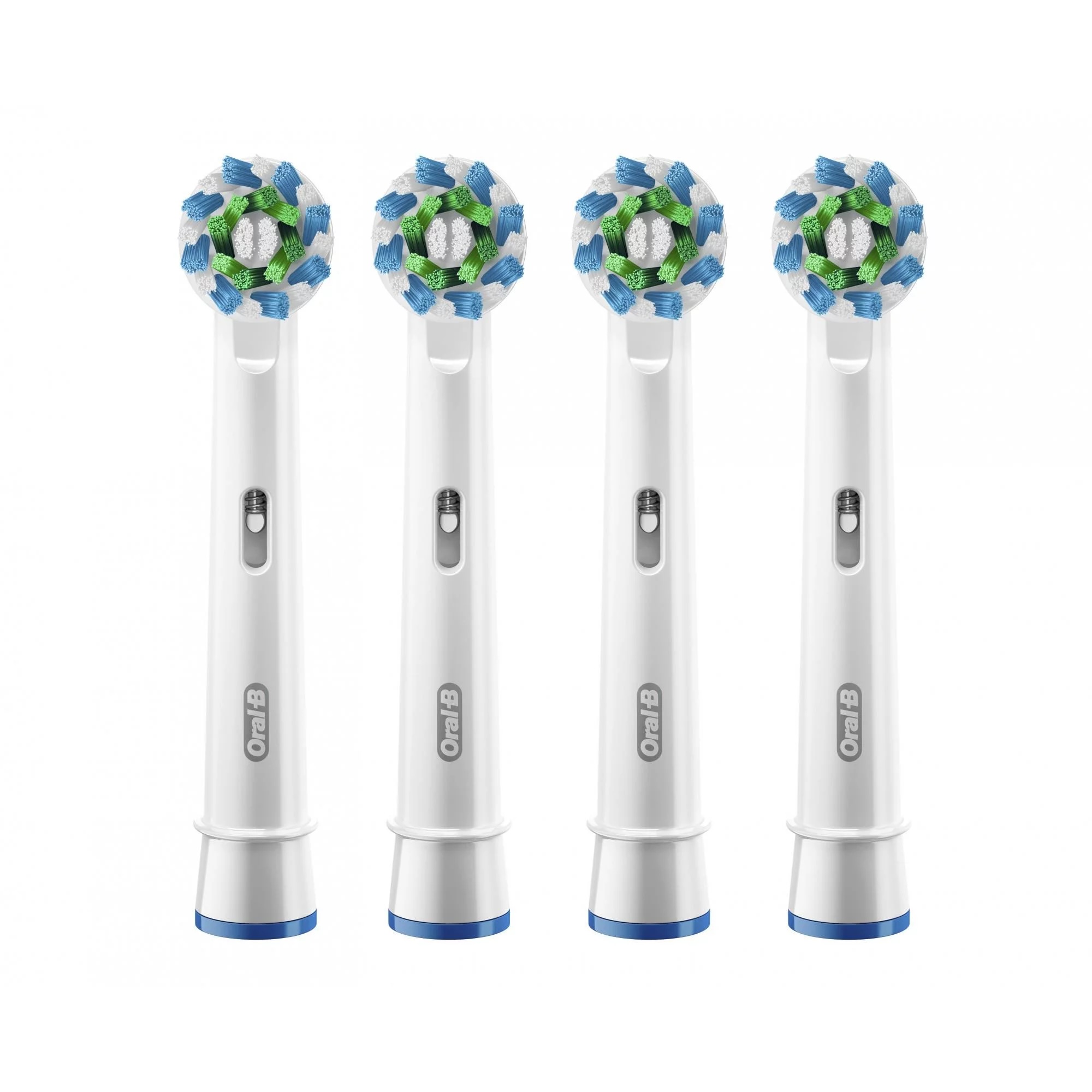

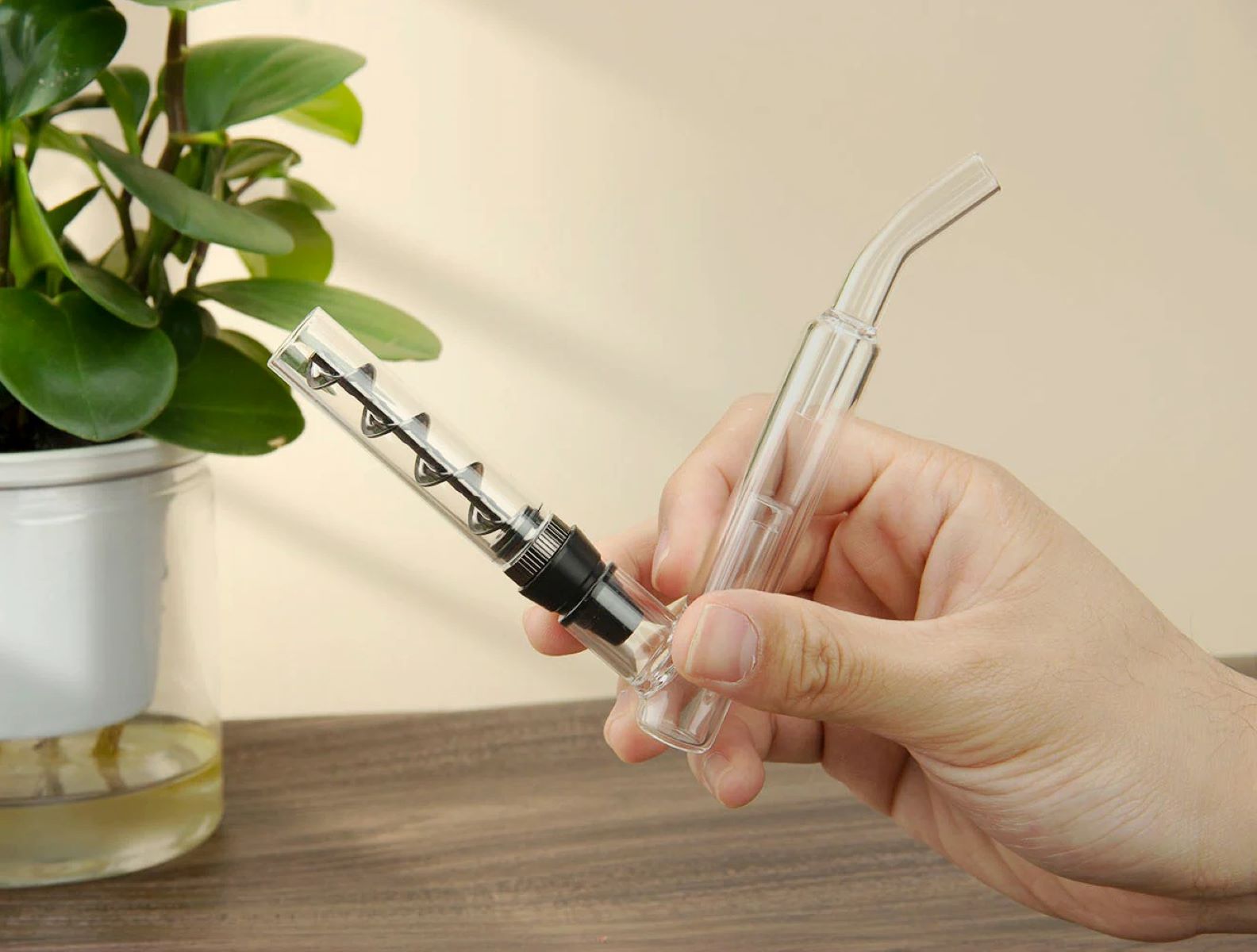


0 thoughts on “How Do You Use A Dog Toothbrush”